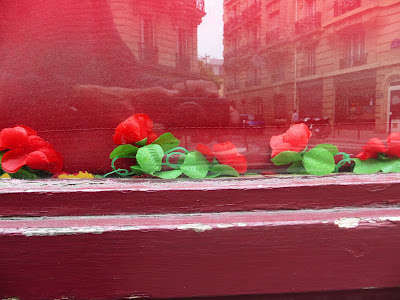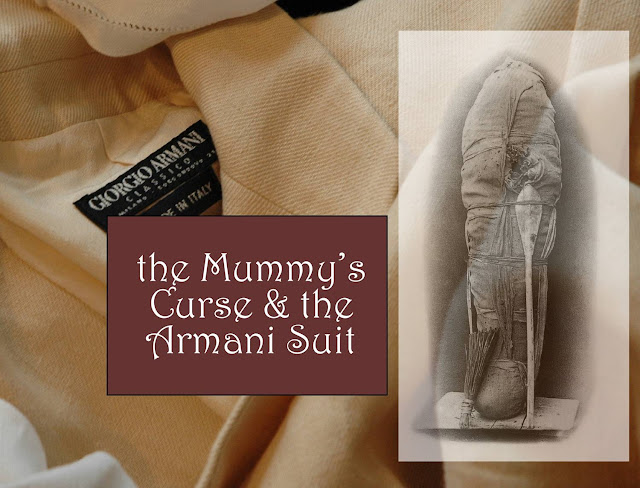Sometimes In Reds and Greens
Trouble In Interesting Doses
The best way to experience
Ordinary Happiness is to stay
out of some trouble,
But not all trouble.
Found Drawings
Humans sometimes see connections
between unrelated products of coincidence.
Perhaps it is more universal,
not limited to humans.
Cats might hear the metal on metal sound
of a can opener and run to the kitchen.
Is it dinner time?
Or are you opening a can of peaches?
At the intersection of Boulevard St. Germain
and Rue des Saints-Peres
I found a scribbled sheet of paper
worthy of being a book cover.
Happenstance can beget happy drawings.
The surrealists exploited this concept,
although it lacks current coinage.
I see the unintended drawings
left in the flint gravel of
the Luxembourg Gardens
by the dragging into position
of a sage green metal chair.
Beautiful found drawings abound.
It is cat food to my eyes.
N’Oubliez Pas les Poissons Rouges
This all goes back, for me, to Matisse and Pollock.
While my fingers are grasping the handle of a paint brush
Such thoughts and their subsequent expression
on paper as those that follow do not irk me.
I have often felt that giving a painting or sculpture
A title or a name detracts and or lowers the status
Of the object.
If a visual thing requires explanation to be seen
that is unfortunate. Giving a name to something
seems to me
to provide a shorthand recognition of the creation.
When one hears the title: Don Quixote
we nod and think of windmills
The bobbing up and down of the head is code for
Knowing all about the tale,
when at best, few have read even an abridged version
Let’s say you read Don Quixote in the massive version,
how can you not want to read those rare books
he numerates as they are burned?
Surely these extinct tomes exist in the brain of the reader
Like a slash of color on one of Gorky’s lost canvases.
Yet, it is expected, a title is a convention we accept and expect
I guess my point is that naming something
often acts as a barrier to delving into the experience.
Once we know the title/name, there is little reason to go deeper.
For example, Jackson Pollock’s paintings were about the painting.
The resulting canvas marked with skeins of black, then color, then white
was what was there.
Early in his career he gave his paintings names
which referred to other information needed to appreciate the work.
The titles pulled the viewer’s mind off the painting
into a non-visual world.
Pollock stopped naming paintings. His art dealer cataloged the
Paintings with a flawed inventory number
and occasionally allowed what are poetic comments
by other than the artist
to be associated with a numbered artwork.
For example: The National Gallery’s Painting
Number one, 1950 is also known as Lavender Mist,
yet has no touch of lavender, nor does it evoke mist.
It is just a quip by Clement Greenberg that
permits viewers to imagine they know the painting.
The Metropolitan Museum’s
Pollock is popularly known as Autumn Rhythm,
Which suggests to some that he painted Number 30, 1950
Later than the actual month of creation: July.
The title detracts the observer
Misinforms the brain.
While written work relies on words and does not suffer
From having a title, the non-verbal is nonverbal and simply exists.
Not tethered with words like a Pitbull on a chain.
I have known those who use stand-alone poems
That play the role of titles
Those words intend to serve as an inventory tag or
A way to identify an object
Visual is visual, predating language, spoken and written.
I watch the sunrise and sunset without subtitles or titles.
I see Matisse’s goldfish swimming forever
The proper title and decade in which it was painted
Are crutches for other ways of thinking and other ideas
Or maybe the written words do not devalue the visual.
Rather they serve as a communal mnemonic device
to indicate particular experiences
But trust me, once seen,
I cannot forget these diagonal swipes
Of vermillion pigment that are shorthand
for aquatic creatures frozen on canvas
Autumn Rhythm is not an Ode to the shedding of leaves









Comments
Post a Comment